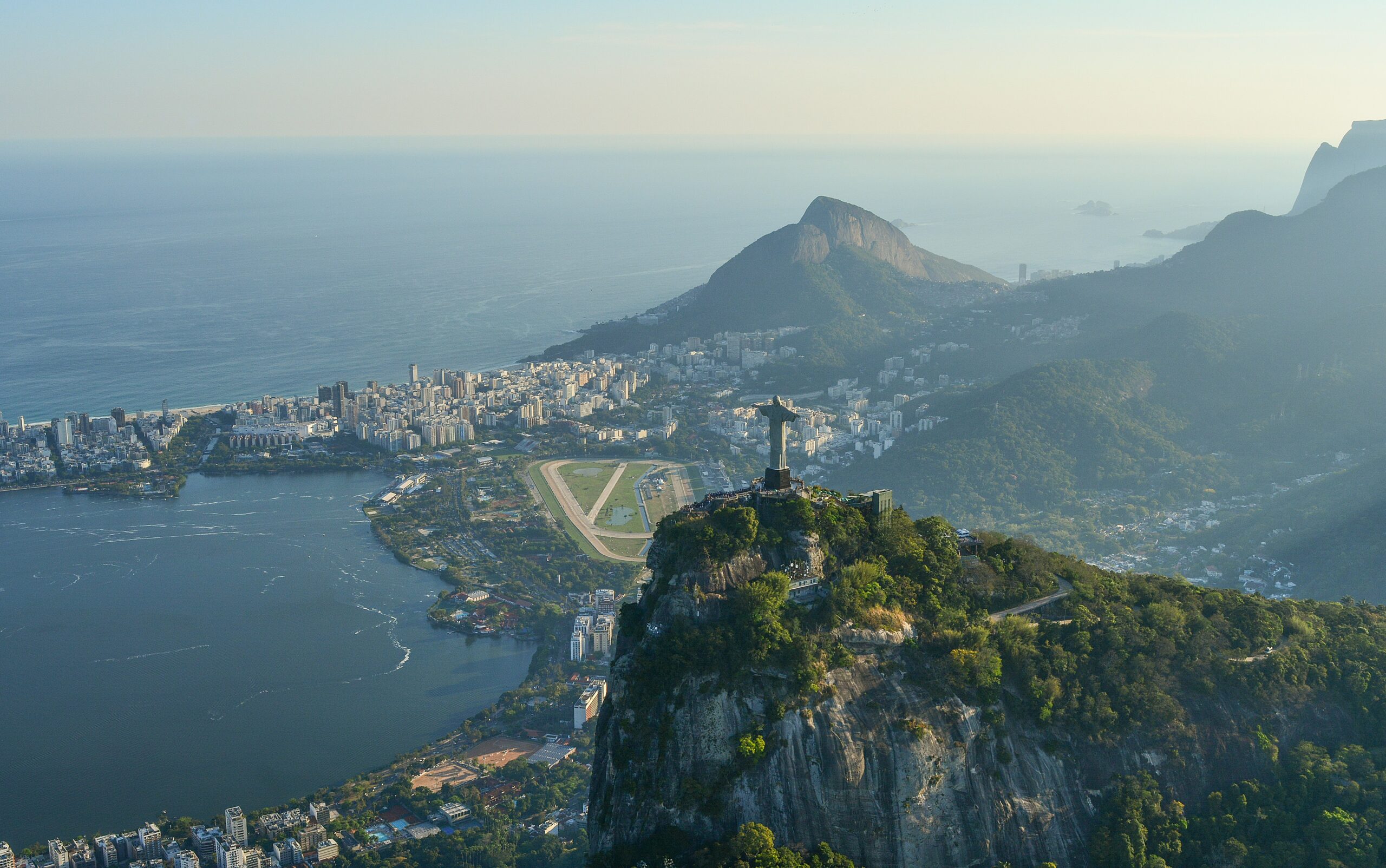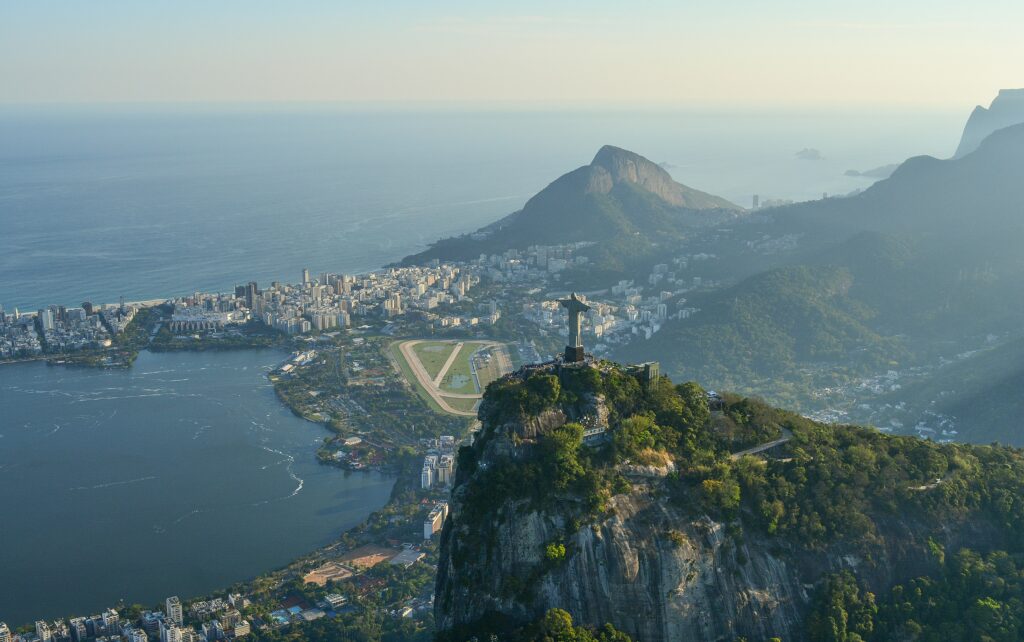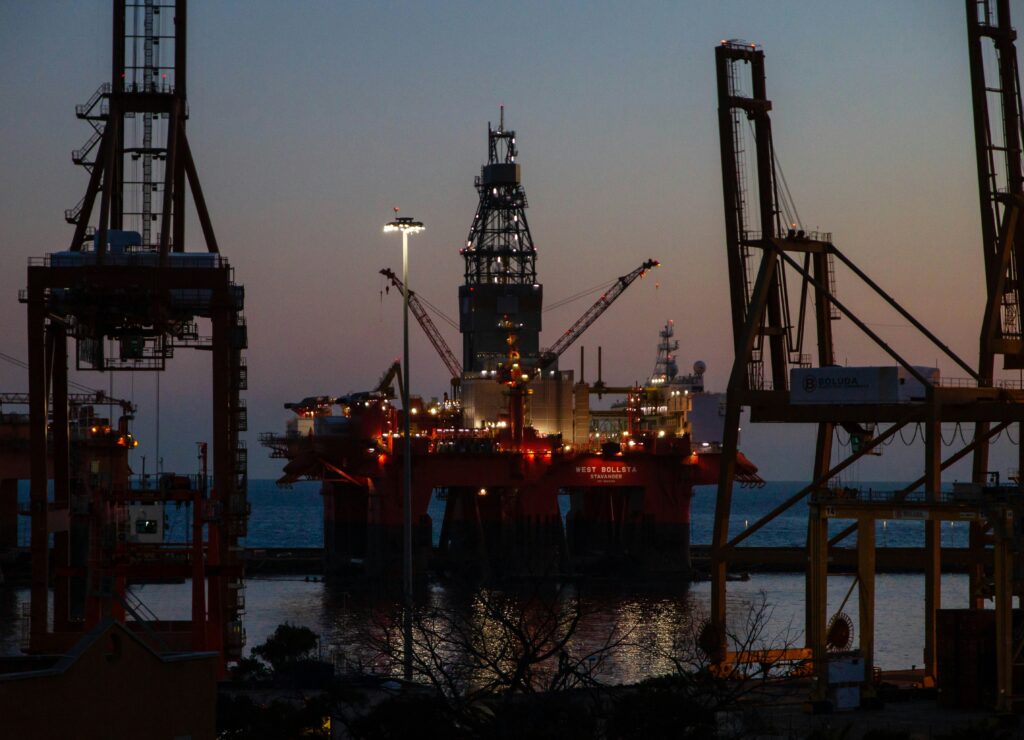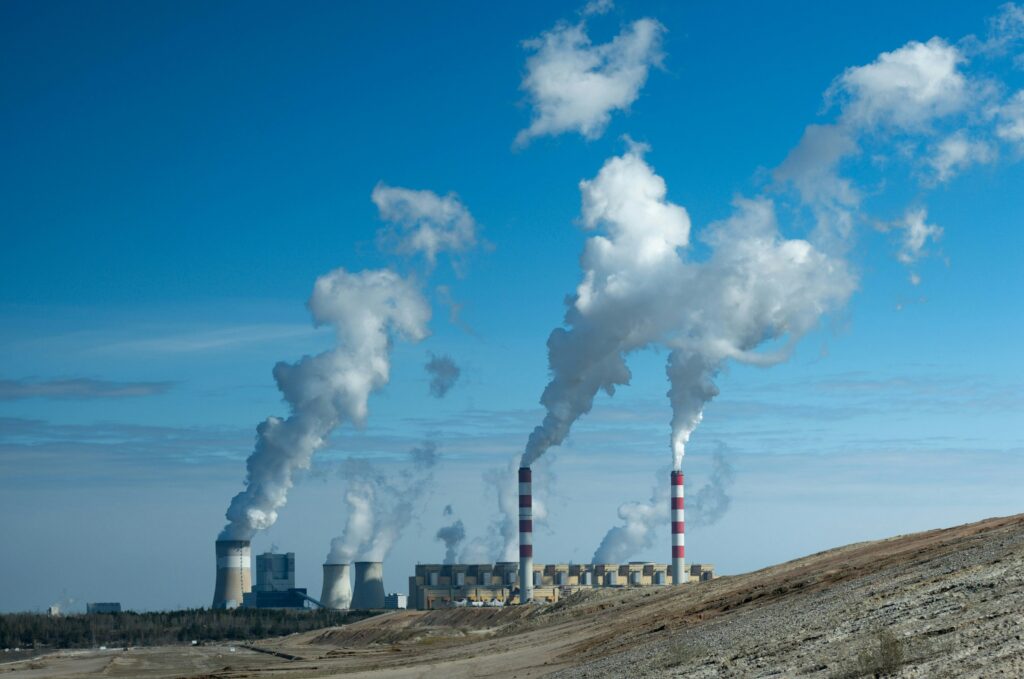A Celebration of Resistance and Survival
The streets of Belém erupted with music, chants, and defiant energy as tens of thousands joined the Great People’s March a rally calling for urgent action on the climate and nature crisis. It marked the first permitted mass protest at a UN climate summit since COP26 in Glasgow, following years of restrictions in Egypt, Dubai, and Azerbaijan
At the forefront were Indigenous leaders carrying the weight of both heritage and resistance. Beneath a vast inflatable globe, communities from across the Amazon gathered in traditional dress, their chants rising in defence of rivers and forests. Raquel Wapichana, who journeyed nine hours from Roraima, held a sign reading “Let’s struggle.” “I am here for my people, my land, our rivers and our ancestors,” she said. “We are constantly threatened by mining, by agribusiness and by land invasions. We must fight for our survival.”
The march was both a festival and a fight, a moment where Indigenous identity, youth activism and environmental urgency merged into a single, vibrant voice.
Protest Through Art and Collective Imagination
One of the march’s most striking moments was the “Funeral for Fossil Fuels,” a haunting piece of street theatre where mourners dressed in black carried giant coffins marked coal, oil, and gas. Looming puppets and a performer in Victorian lace transformed grief into determination. “Our lives depend on getting rid of fossil fuels,” said Krishna, an actor from Belém. “Our children and our future depend on our struggle. Through my art, I am here to fight.”
Nearby, anti-capitalist banners accused Brazil’s leaders of hypocrisy: “The environmental collapse is capitalist. Lula, the energy transition with Amazon oil is a farce.” From loudspeakers came a mix of protest anthems “Bella Ciao” blending into Brazilian classics like Anunciação by Alceu Valença. Music, performance, and politics fused seamlessly into one multilingual act of protest.
Cultural diversity defined the march. Maria Melia of the Quilombola Movement of Maranhão joined to oppose an industrial “hydrovia” project cutting through her community’s territory. Other demonstrators carried images of capybaras, reminders that the struggle for climate justice includes the protection of all species. “We came here with the message that we need climate finance for the people living in the Amazon,” said Helena Ramos of Amazônia da Pé.
Adding to the symbolism, a monumental sculpture conceived from an Indigenous leader’s dream was carried by 83 people through the streets. Built by 16 artists and transported across the Amazon by boat, it embodied the collective creativity and resilience of the region. “It’s not too heavy,” Ramos said. “Holding it up is part of our mission.”
Between the Streets and the Negotiation Halls
While the people marched outside, negotiators inside COP30 grappled with slow progress. The Brazilian hosts confirmed that no “cover decision” would be issued this year, signalling a focus on implementation rather than new pledges. But uncertainty still surrounded the talks, with delegates divided on four central issues: climate finance, trade, transparency, and the adequacy of national action plans
For many protesters, that disconnect between political process and public urgency was exactly the point. The Great People’s March was not just a side event; it was a message that climate diplomacy without human voices risks losing its legitimacy.
The march in Belém reminded the world that art, song, and solidarity remain the most powerful languages of change. At a time when formal negotiations struggle to keep pace with the crisis, the people of the Amazon and their allies offered something negotiators could not: hope rooted in action.
References:
https://www.bbc.co.uk/news/articles/cy40z22qqwwo




